Silk has been synonymous with luxury and elegance for thousands of years. Its soft texture and shimmering appearance have made it a highly sought-after material in various industries, from high fashion to home furnishings. But the question of “How is Silk Made? And is it Humane?” often arises, shedding light on the ethical considerations behind this beautiful fabric.
Where does silk come from?
Silk originates from the cocoons of silkworms, primarily the species Bombyx mori. During their caterpillar phase, these silkworms consume large amounts of mulberry leaves before spinning a cocoon from a single silk thread. The traditional extraction process, known as sericulture, involves boiling or steaming the cocoons while the silkworms are still inside, a practice that has raised ethical concerns over the years.
Understanding the origins of silk is crucial to addressing the ethical debate surrounding its production. The practice of harvesting silk from the cocoons of living silkworms implies a moral dilemma that cannot be overlooked.
How is silk made now?
Contemporary silk production largely follows the same methodologies established centuries ago. Sericulture remains the prevalent method, with technological advancements streamlining the process to cater to global demands. However, the fundamental practice of extracting silk fibers from cocoons has not changed significantly, continuing to stir controversy regarding the treatment of silkworms.
In response to ethical concerns, some manufacturers have introduced automated techniques to minimize harm to the worms. Yet, the question of whether these methods are widely implemented or sufficiently humane persists.
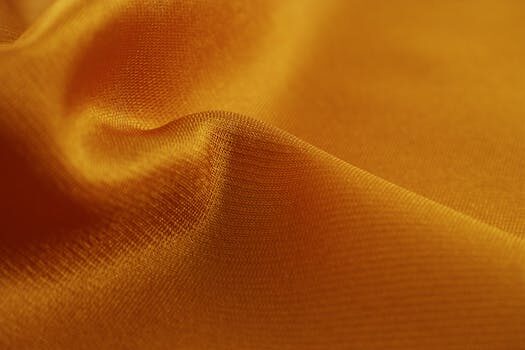
Is silk cruelty free?
The straightforward answer is that traditional silk production is not cruelty-free. The process typically results in the death of the silkworms, a fact that has led many to seek alternative materials or methods of production. The pursuit of cruelty-free silk involves efforts to spare the lives of the silkworms or to find other means of harvesting the silk threads without causing harm.
This has given rise to debates and discussions in the textile industry about the viability of cruelty-free silk and the responsibilities of producers and consumers alike.
Can silk be made ethically?
In recent years, there has been a growing movement towards ethical silk production. Innovators and designers are constantly exploring ways to produce silk without causing undue harm to silkworms. Options such as Ahimsa silk, also known as peace silk, involve allowing the silkworms to emerge from their cocoons naturally before collecting the remaining silk fibers.
Although the ethical silk movement is gaining traction, practical challenges and economic considerations continue to influence the pace at which such methods are adopted in the mainstream silk industry.
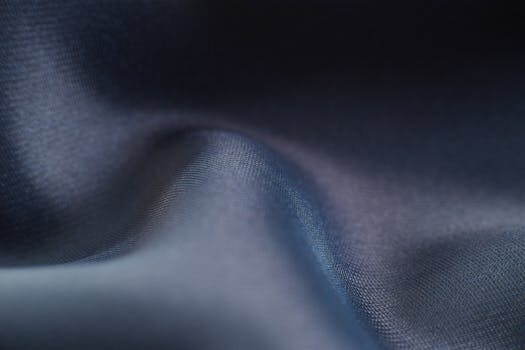
Why is silk still so desirable?
Silk’s appeal lies in its unique properties: it’s lightweight yet strong, it drapes beautifully, and it has a natural sheen that synthetic fabrics cannot replicate. Additionally, silk has thermoregulatory capabilities, making it comfortable to wear in both warm and cool climates.
The fabric’s timeless charm is not merely aesthetic; silk possesses hypoallergenic qualities and a natural resistance to dust mites and mold, which contribute to its enduring popularity despite ethical controversies.
 3 Best Brands for 100% Pure Essential Oils
3 Best Brands for 100% Pure Essential OilsHow is Ahimsa silk made?
- Ahimsa silk, or peace silk, is produced by allowing the silkworms to mature and exit their cocoons.
- Once the moths have left, the empty cocoons are processed to extract the silk fibers, which are then spun into yarn.
- Although this method is more humane, it typically results in shorter fibers, leading to a slightly different texture in the final silk product.
Ahimsa silk represents a compassionate alternative to traditional silk production, aligning with the principles of non-violence and sustainability.
Is silk vegan?
Vegans generally avoid silk due to the exploitation of silkworms inherent in its production. Vegan alternatives to silk include synthetic fibers like polyester satin or plant-based fabrics such as bamboo or lyocell, which can mimic the texture and luster of silk without the ethical concerns.
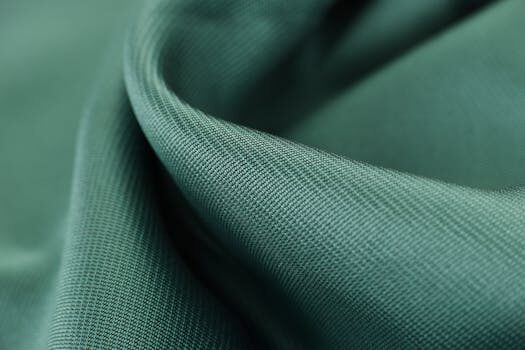
Vegan silk options are increasingly available, catering to those seeking cruelty-free luxury.
Related Questions on Silk and Ethics
How is silk made and is it humane?
Traditional silk production involves sacrificing silkworms, which many consider inhumane. However, advancements in ethical silk production, such as Ahimsa silk, offer a more humane approach to creating this luxurious fabric.
As consumers become more conscious of the ethical implications, the demand for humane silk alternatives is rising.
Are silkworms killed to make silk?
In traditional silk production, silkworms are indeed killed during the process. The cocoons are typically boiled with the larvae still inside, which is essential for unwinding the silk thread without breaking it.
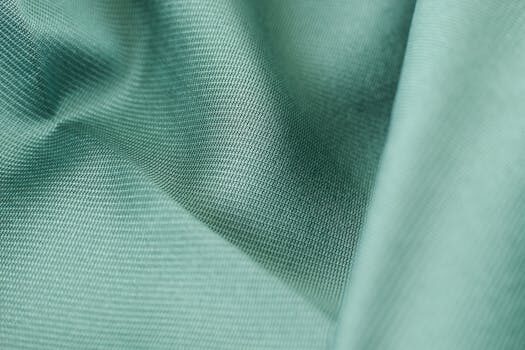
This aspect of silk production is the primary ethical concern for many consumers and activists.
How to produce silk without killing silkworms?
Producing silk without killing silkworms is achievable through methods like Ahimsa silk production, where cocoons are harvested after the moths have emerged. This approach respects the life cycle of the silkworms but results in a different type of silk thread.
Research into other humane silk production methods is ongoing, with innovations aimed at finding a balance between ethical practices and maintaining the quality of silk.
As part of our exploration of silk production, take a look at this insightful video on Ahimsa silk and its ethical implications:
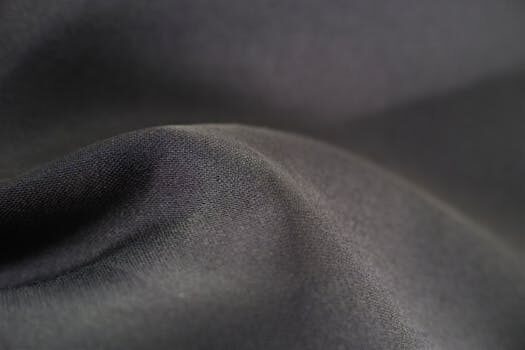
 Why I Said Goodbye to My Foam Mattress and Hello to Natural Latex
Why I Said Goodbye to My Foam Mattress and Hello to Natural LatexIn conclusion, while silk remains a highly coveted material, the ethical considerations of its production are complex and multifaceted. Alternatives like Ahimsa and Eri silk present promising avenues for more humane practices, but widespread adoption and acceptance may require a shift in both industry norms and consumer expectations.

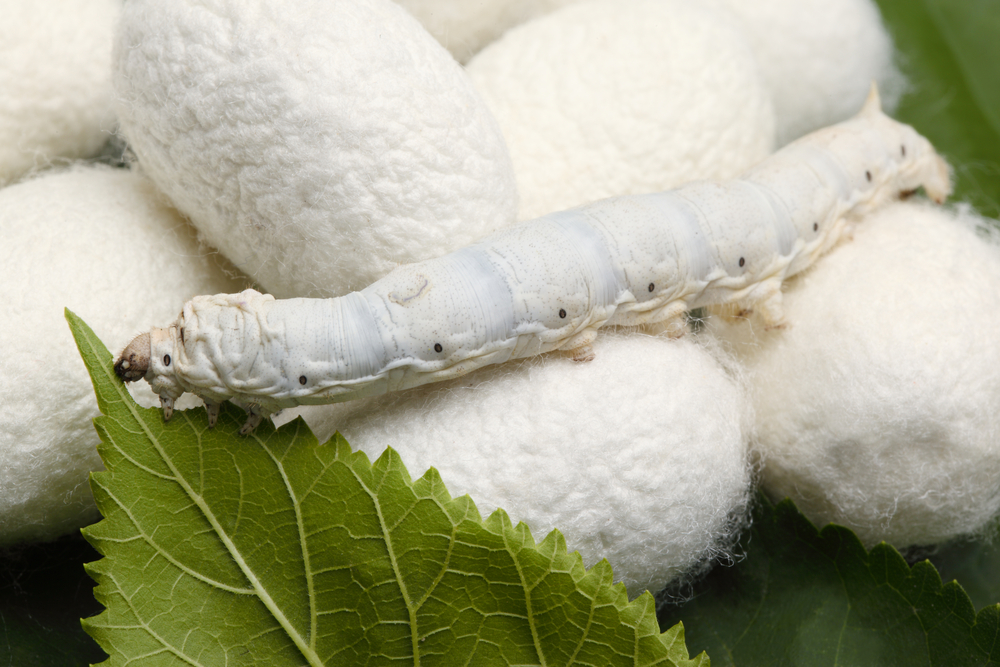
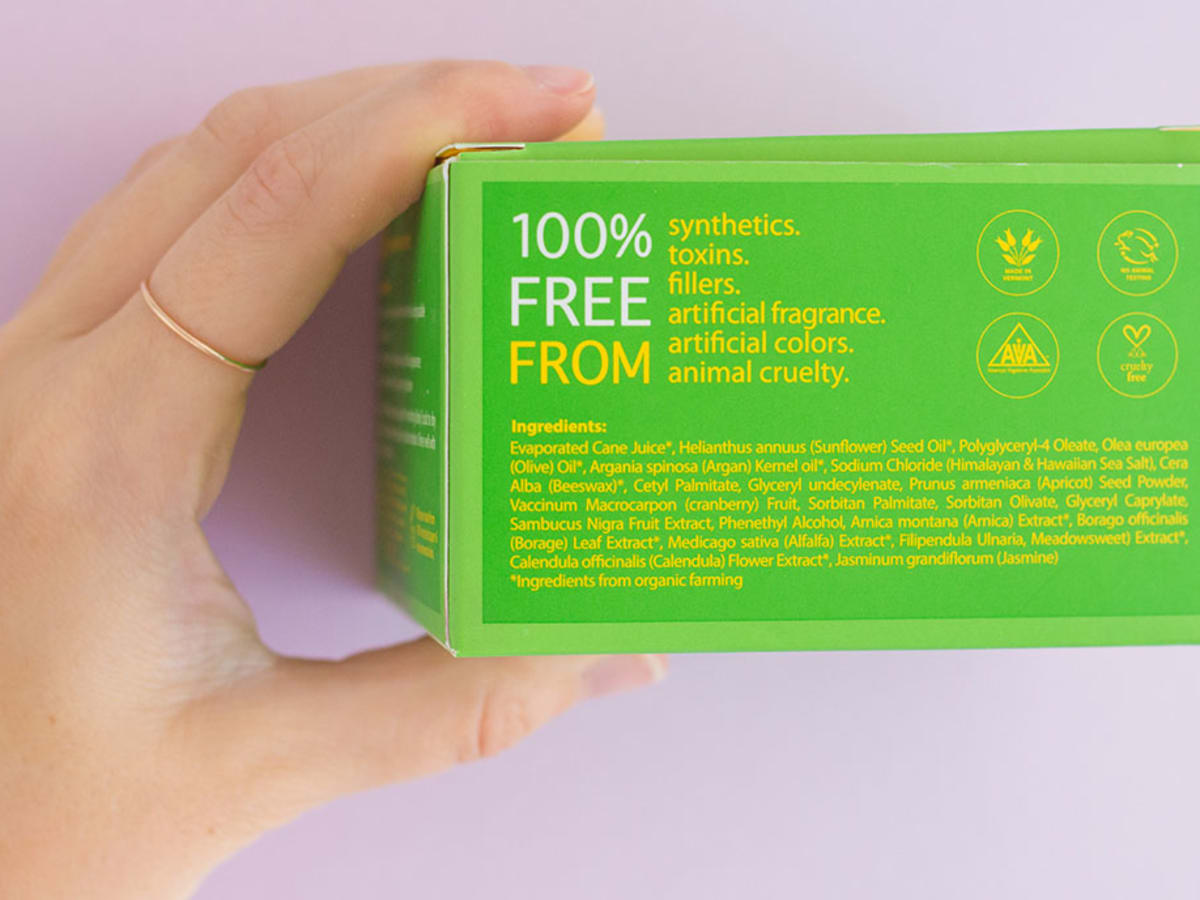
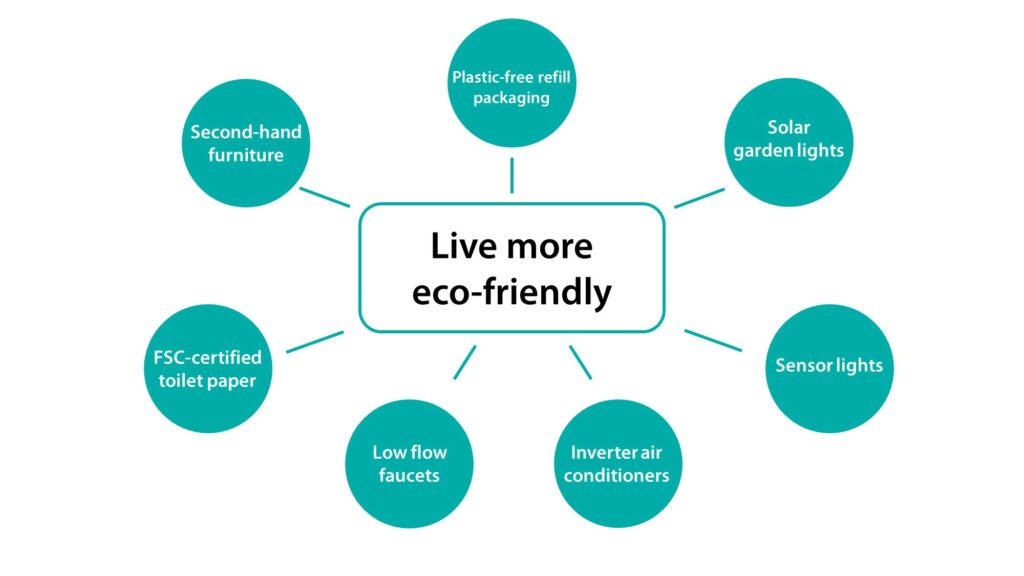

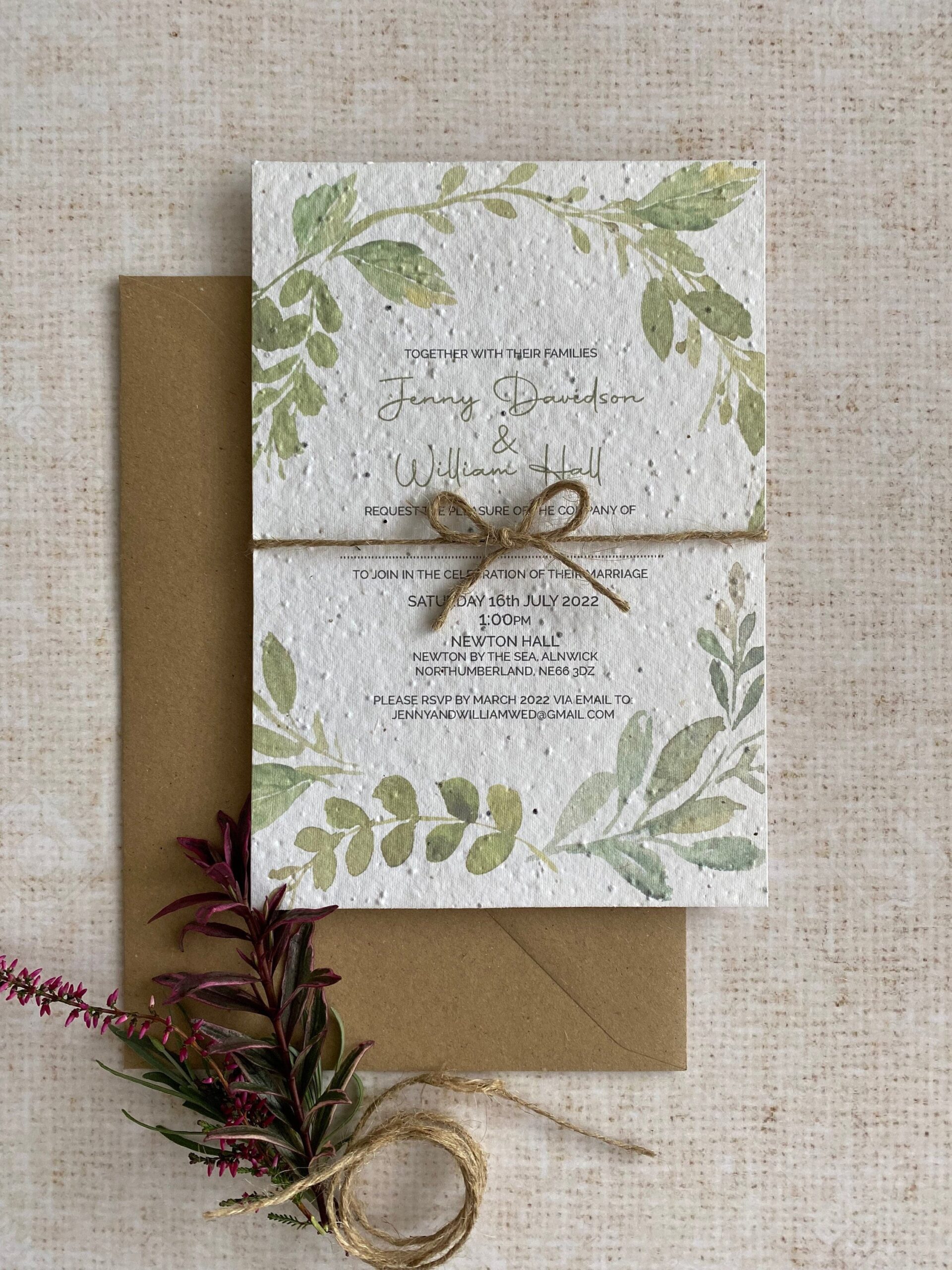
This blog post does a fantastic job of unpacking the complexities surrounding silk production and its ethical implications. It’s so interesting to learn about options like Ahimsa silk and how they’re paving the way for more humane practices in the industry. It’s great to see the conversation around ethical fashion growing, and it’s encouraging to know there are alternatives that align with more compassionate values. Thanks for shedding light on such an important topic!